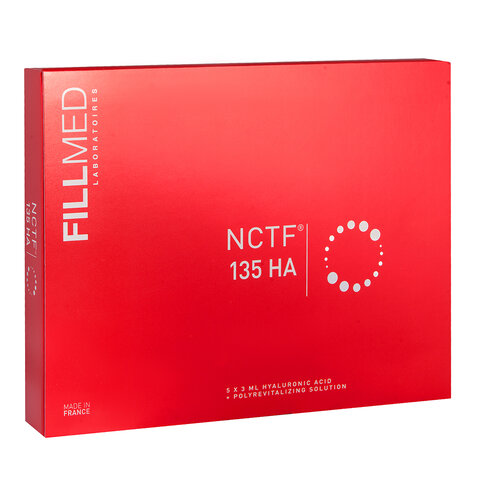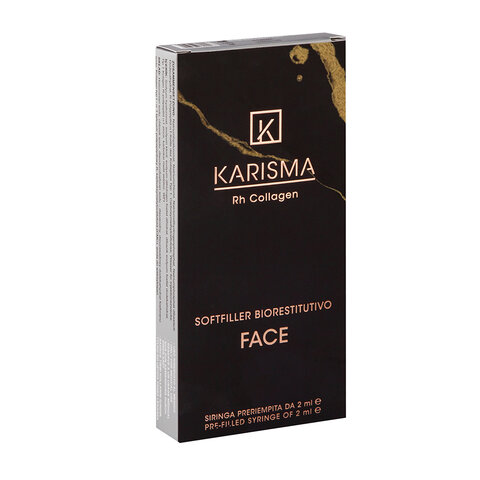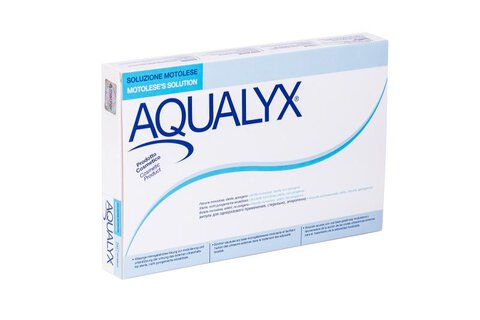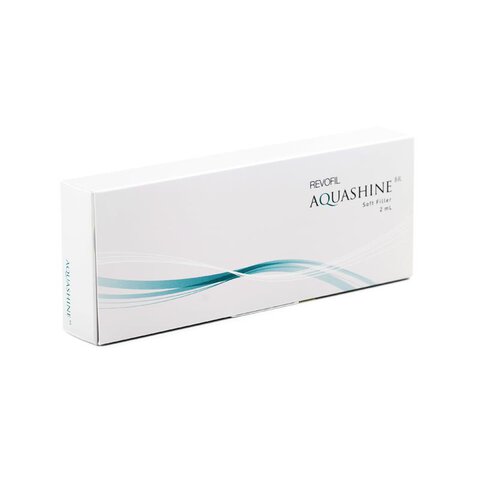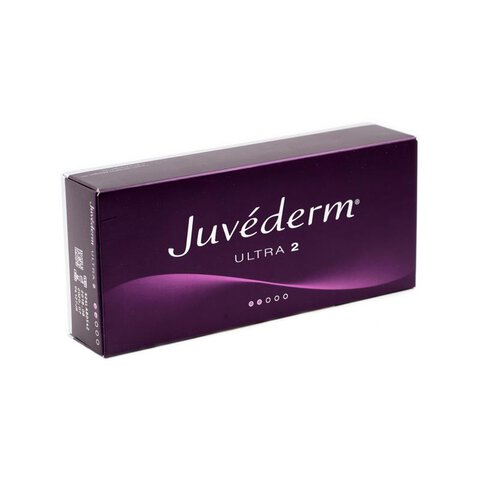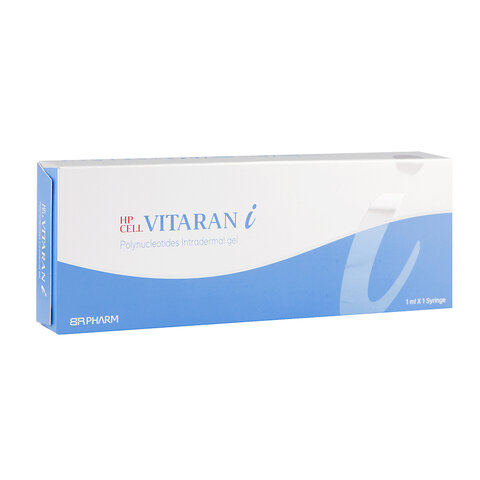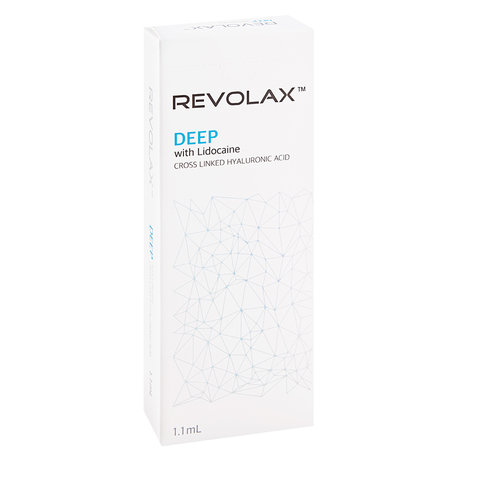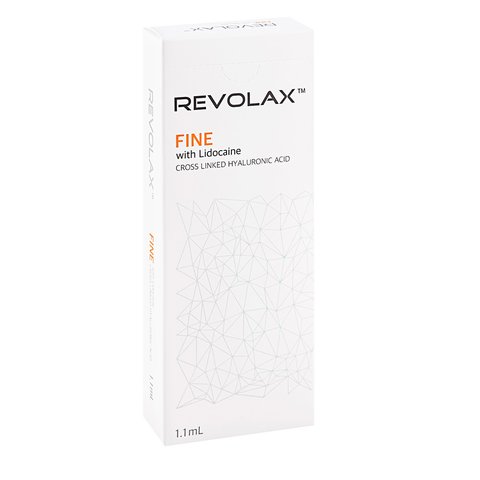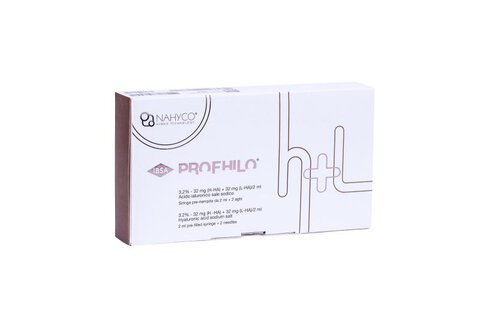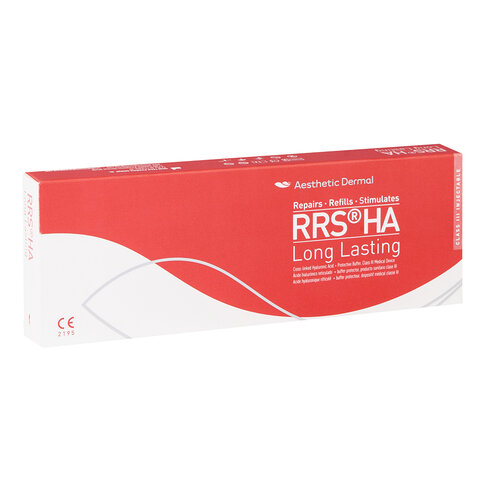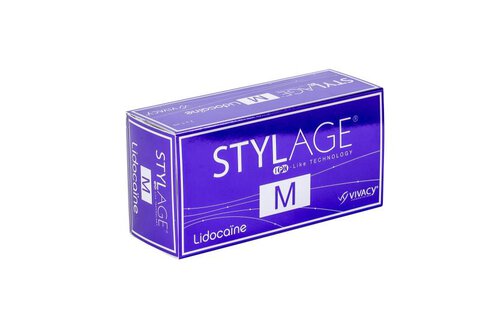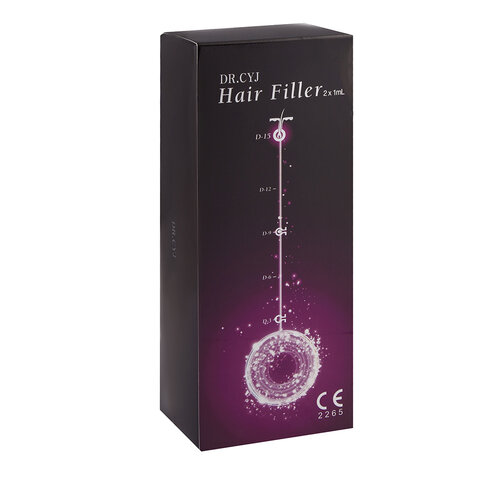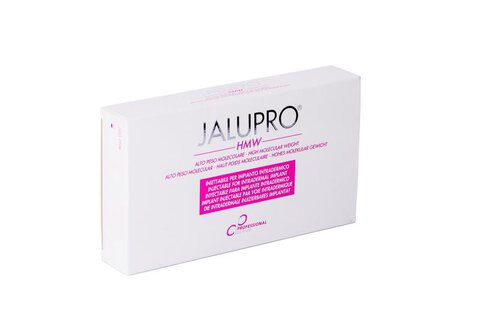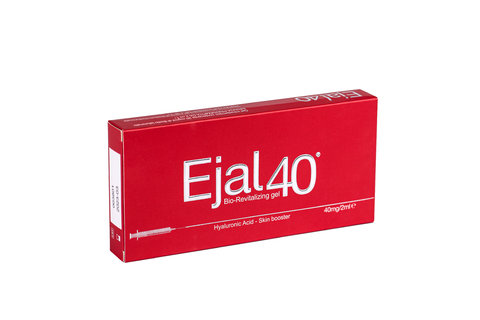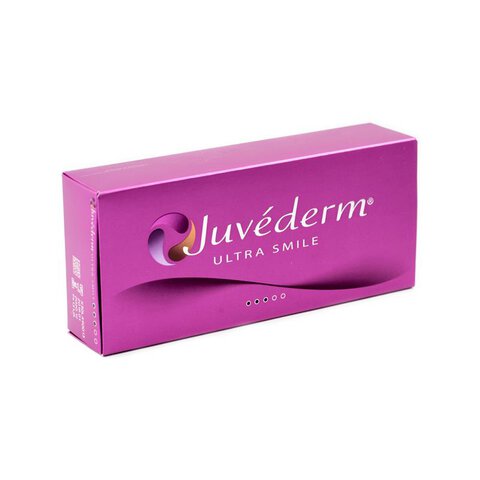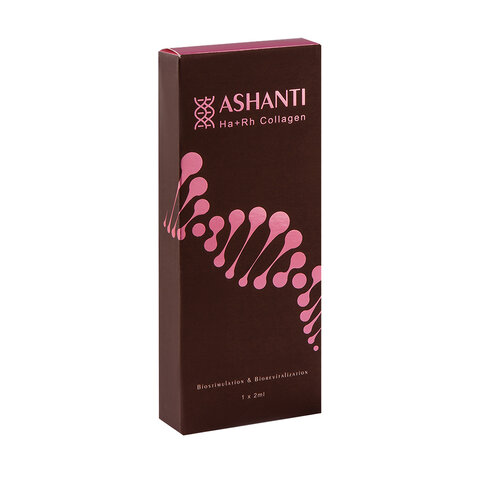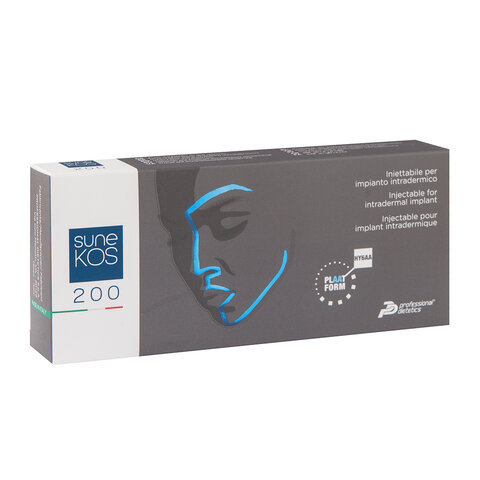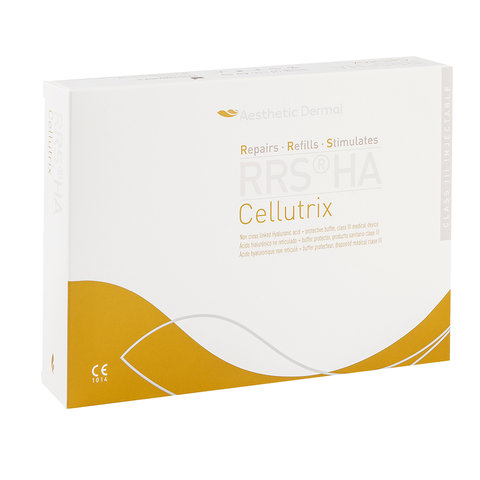Cavitation peeling - clean skin, beautiful results. What is cavitation peeling?
Beauty salons offer a number of different types of treatments that serve to firm the skin and improve its condition. One of the most popular is cavitation peeling. What is it and is it worth it?
What is cavitation peeling?
Cavitation peeling, also referred to as ultrasound or sonophoretic peeling, is based on ultrasound emitted by a special head applied to moist skin. Under the influence of microvibrations, the liquid droplets fill with gas and then burst. These miniature explosions cause dead skin cells to be destroyed. The "old", keratinized layer of the skin is removed, and with it any imperfections, such as discoloration or blackheads.
It is worth noting that the cavitation treatment is completely safe, painless and non-invasive, and at the same time brings quick results.
In beauty salons, instead of ordinary water, specialized liquids or gels for cavitation peeling are used, which effectively moisturize and nourish the skin. They can also be used at home, although treatments carried out by professionals usually bring better results.
Cavitation peeling – indications
Cavitation treatments are recommended for people who want to take care of their skin, regardless of age.
As a general rule, it is believed that facial cavitation will work for all skin types, although it is recommended especially for oily, combination skin and skin prone to acne or blackheads.
Cavitation peeling cleanses and refreshes the skin. It removes the top layer of the epidermis, thanks to which the deeper tissue becomes more absorbent and better absorbs nutrients that can be found, for example, in face serums. For this reason, cavitation is often recommended as a prelude to other dermatological treatments.
Cavitation peeling – effects
The main effect of cavitation peeling is to cleanse the skin, which regains its radiance and firmness. It also becomes smoother and its shade is uniform. As a result of gentle stimulation of cells, microcirculation is improved. In turn, the removal of the top layer of tissue stimulates the natural secretion of collagen, which builds into the structure of the skin, making it more durable and smoother.
Contraindications to cavitation peeling
People with skin prone to irritation should consult a dermatologist. It may turn out that in their case such a solution will be too intensive.
The use of cavitation is also discouraged in the case of:
- pregnant women – there is currently a lack of data that unequivocally confirms the safety of ultrasound in their case;
- skin infections – dermatological treatment may lead to inflamed lesions and deterioration of the patient's health;
- fresh tan or burns – using any type of scrub in this case can further irritate the already weakened skin;
- skin cancers – skin treatments can accelerate the development of the lesion, so they should be consulted with an oncologist or dermatologist;
- allergies or hypersensitivity to active ingredients
How often should you perform cavitation peeling?
Like many other cosmetic treatments, cavitation peeling can be repeated regularly for a better and longer lasting effect.
If after the first application cavitation did not bring the expected results, it can be repeated, but not sooner than 2-3 weeks after the last treatment.
It is also worth consulting a dermatologist about the legitimacy of renewing cavitation.
Cavitation peeling – side effects
Cavitation peeling is considered a safe treatment, the use of which usually does not cause any side effects. However, some patients may experience side effects, such as:
- redness and irritation of the skin,
- dry skin,
- exacerbation of acne,
- allergic reactions and infections,
- skin damage and scarring.
Skin irritation usually disappears after just a few hours. Caring for and moisturizing the epidermis helps to combat dryness of the tissue and regain its elasticity. In the case of exacerbation of acne lesions or foci of infection, the treatment process is carried out individually. Fortunately, scarring is rare and is usually the result of improper cavitation.
Cosmetics for cavitation peeling – how to choose?
Cavitation peeling is accompanied by cosmetics that are designed to cleanse and nourish the skin, such as MESOESTETIC PURE RENEWING MASK. It is worth paying attention to whether they contain moisturizing ingredients, such as glycerin or panthenol. They reduce the risk of irritation and accelerate the restoration of the natural hydrolipid barrier.
When choosing emulsions, foams and liquids for cavitation, it is important to make sure that they do not contain alcohol, which will irritate the skin. Fragrance compositions can have a similar effect.
In practice, products with a possibly short and simple composition work best.
Drugstores offer many types of peeling cosmetics – micellar water or liquid, emulsions and foams for washing, cleansing gels. Each of them can be used to prepare the skin for cavitation and cleanse it. For the treatment itself, plain water is enough, although a mist, thermal water or tonic will work better.
If you have any doubts about the selection of cosmetic preparations, it is worth seeking advice from a cosmetologist, who will advise you on the optimal selection of products.



